How to activate your dog

If you're the proud owner of a dog you know that they require daily exercise and mental stimulation to stay healthy and happy. Activating your dog means giving them opportunities to move and engage their brains, which can help to prevent boredom, destructive behavior, and other problems. Here are a few tips to help you effectively activate your dog out on a walk:
- Candy tree: Place your dog and let it watch you hide candy or food in the bark, fist or whatever trees you have. Then let your dog sniff and find all the treasures by itself.
- Candy rain: Place your dog beside you and throw out their food on the ground. Preferably on grass or something more uneven so the dog needs to use its nose when searching for the food.
-
Parkour: Yes, you heard right!! Have a fun time together on your walk! This will help you bond even more and build up the dog's confidence. Jump up on benches, put two paws on an obstacle, chin on a stone, be creative and enjoy your quality time with your dog!
Remember to always play fun and give the dog a chance to succeed, from its physical conditions. You are the teacher and you need to show the way.
And, remember to bring treats.
Frequently Asked Questions (FAQs)
1. Why is it important to activate my dog during walks?
Activating your dog during walks provides necessary physical exercise and mental stimulation. This helps prevent boredom, reduces the risk of destructive behavior, and promotes overall well-being.
2. What types of treats are best for these activities?
Use small, high-value treats that your dog loves and can easily consume during activities. Avoid treats that are too large or hard to chew, as they can disrupt the flow of the exercise.
3. How often should I activate my dog with these activities?
Incorporate these activities into your dog's daily walks. Depending on your dog's energy level and physical condition, aim for at least 15-30 minutes of active engagement per walk.
4. Can these activities be adapted for older dogs or dogs with mobility issues?
Yes, activities can be modified to suit your dog's physical abilities. For older dogs or those with mobility issues, choose gentler activities like sniffing games or low-impact obstacles that don't require jumping.
5. How do I start with the "Candy Tree" activity?
Begin by placing your dog in a sit-stay position. Hide small treats in the bark or crevices of trees, then release your dog to sniff and find the treats. Start with easy-to-find spots and gradually increase the difficulty as your dog gets better at the game.
6. What is the "Candy Rain" activity, and how do I do it?
The "Candy Rain" activity involves scattering your dog's food or treats on the ground. Choose an uneven surface like grass to encourage your dog to use their nose to find the scattered food. This activity promotes natural foraging behavior and mental stimulation.
7. How can I safely do "Parkour" with my dog?
For safe dog parkour, choose sturdy, safe objects for your dog to interact with, such as benches, low walls, or large rocks. Start with simple commands like "jump" or "paws up" and gradually introduce more complex tasks. Always supervise closely to prevent injuries.
8. How do these activities benefit my dog mentally?
These activities engage your dog's senses and brain, providing mental stimulation that can reduce stress and improve cognitive function. They also help build confidence and problem-solving skills.
9. How do I know if my dog is enjoying these activities?
Signs that your dog is enjoying these activities include a wagging tail, enthusiastic participation, and positive body language. If your dog shows signs of stress or disinterest, modify the activity or try a different one.
10. Can these activities help with behavioral issues?
Yes, regular physical and mental stimulation can help address behavioral issues such as excessive barking, chewing, and digging. Keeping your dog engaged reduces boredom and channels their energy into positive activities.
11. What should I do if my dog gets too excited or overstimulated?
If your dog becomes too excited or overstimulated, take a short break to let them calm down. Use calming techniques such as gentle petting or a short walk on a leash to help them relax before resuming the activity.
12. Are there any safety precautions I should take during these activities?
Ensure that the environment is safe and free of hazards. Avoid sharp objects, unstable surfaces, or areas with heavy traffic. Always supervise your dog closely and be aware of their physical limits to prevent injuries.
13. How can I keep my dog motivated during these activities?
Keep activities fun and varied to maintain your dog's interest. Use enthusiastic praise, treats, and play as rewards. Vary the activities and locations to keep your dog engaged and excited.
14. Can I incorporate these activities into our regular training routine?
Absolutely! These activities can complement your regular training routine by providing additional opportunities for reinforcement and learning. Use them as breaks between training sessions or as rewards for good behavior.
15. What if my dog doesn't seem interested in these activities?
If your dog isn't interested, try different types of activities or treats to see what they prefer. Some dogs may need more time to adjust to new activities. Be patient and make the experience positive and rewarding.

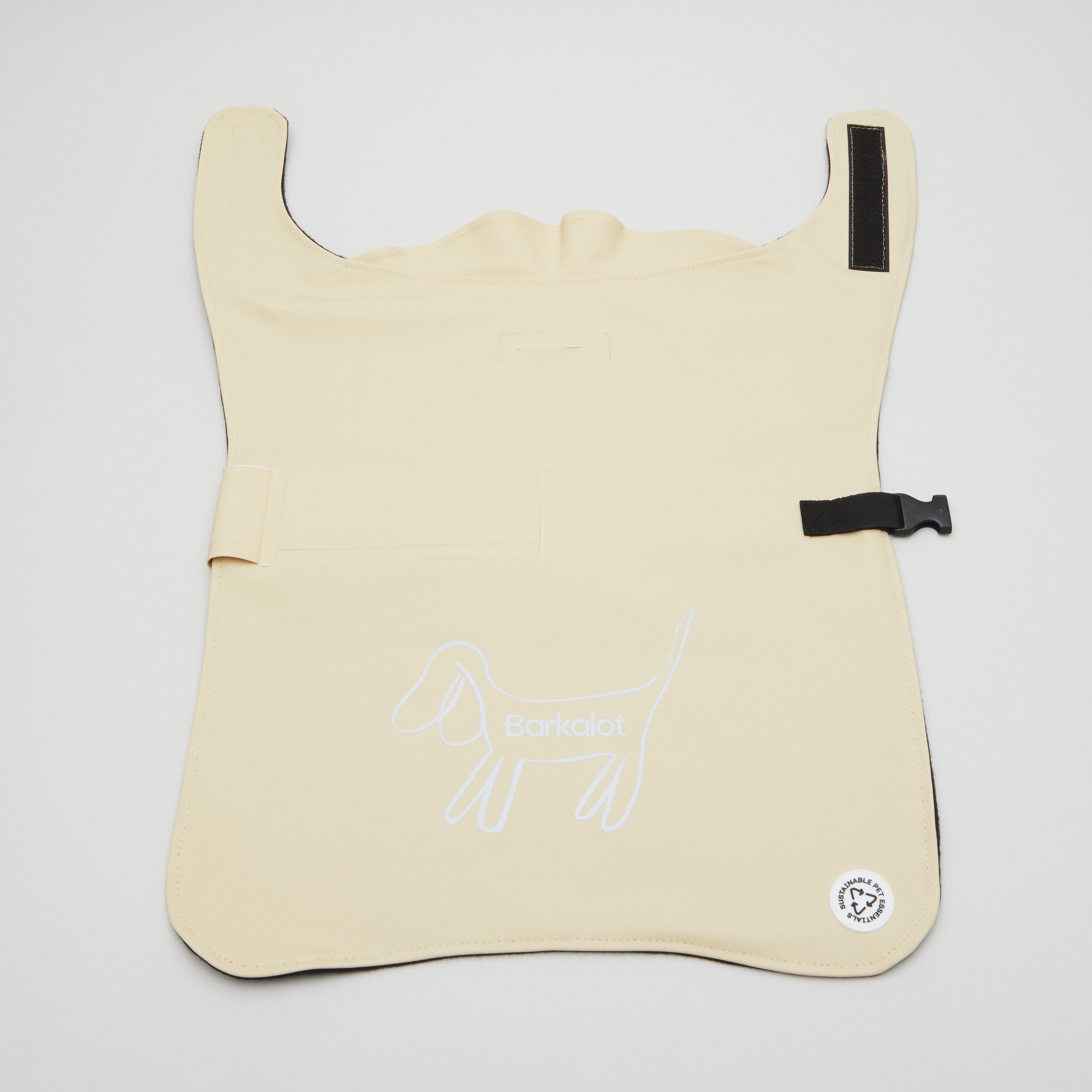
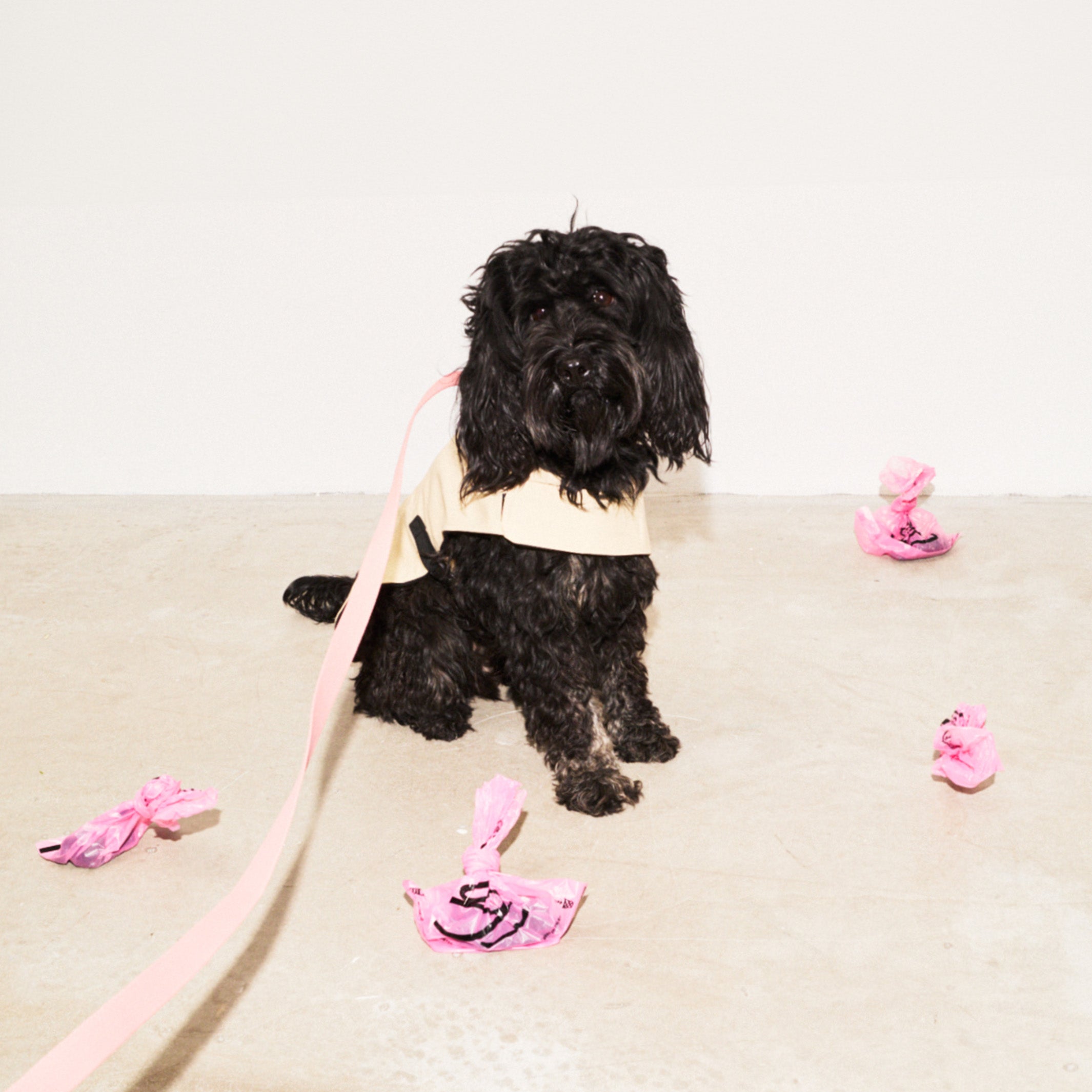
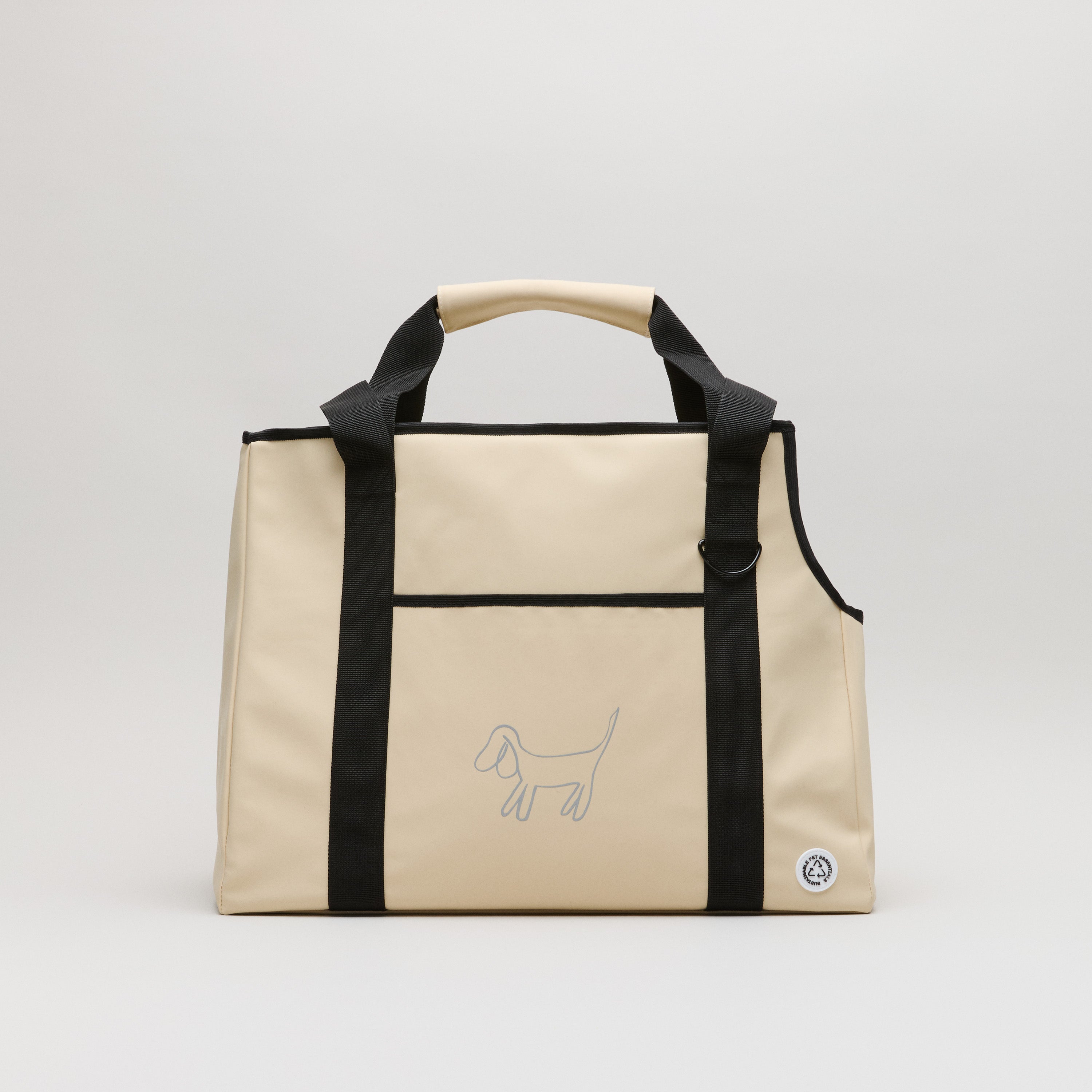

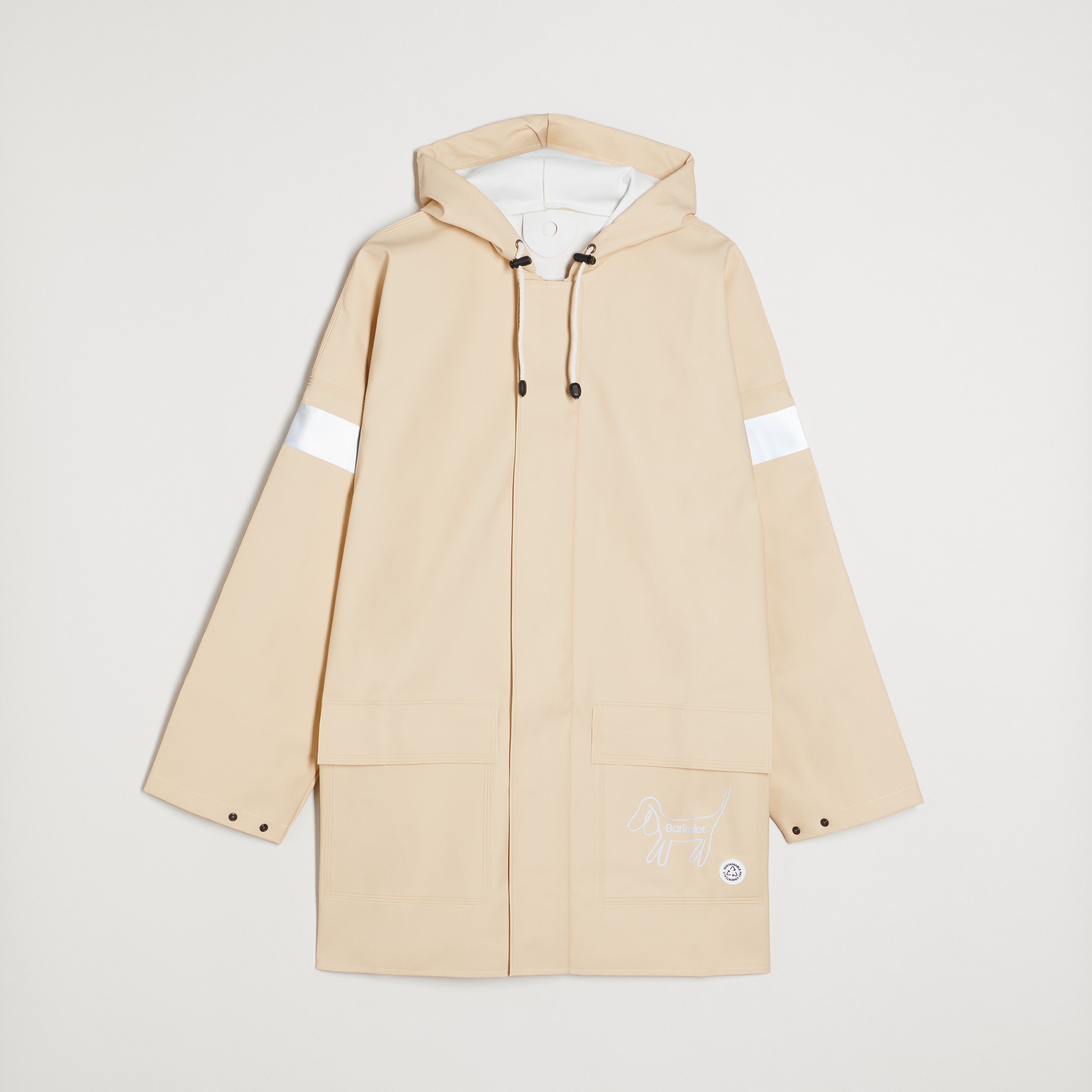
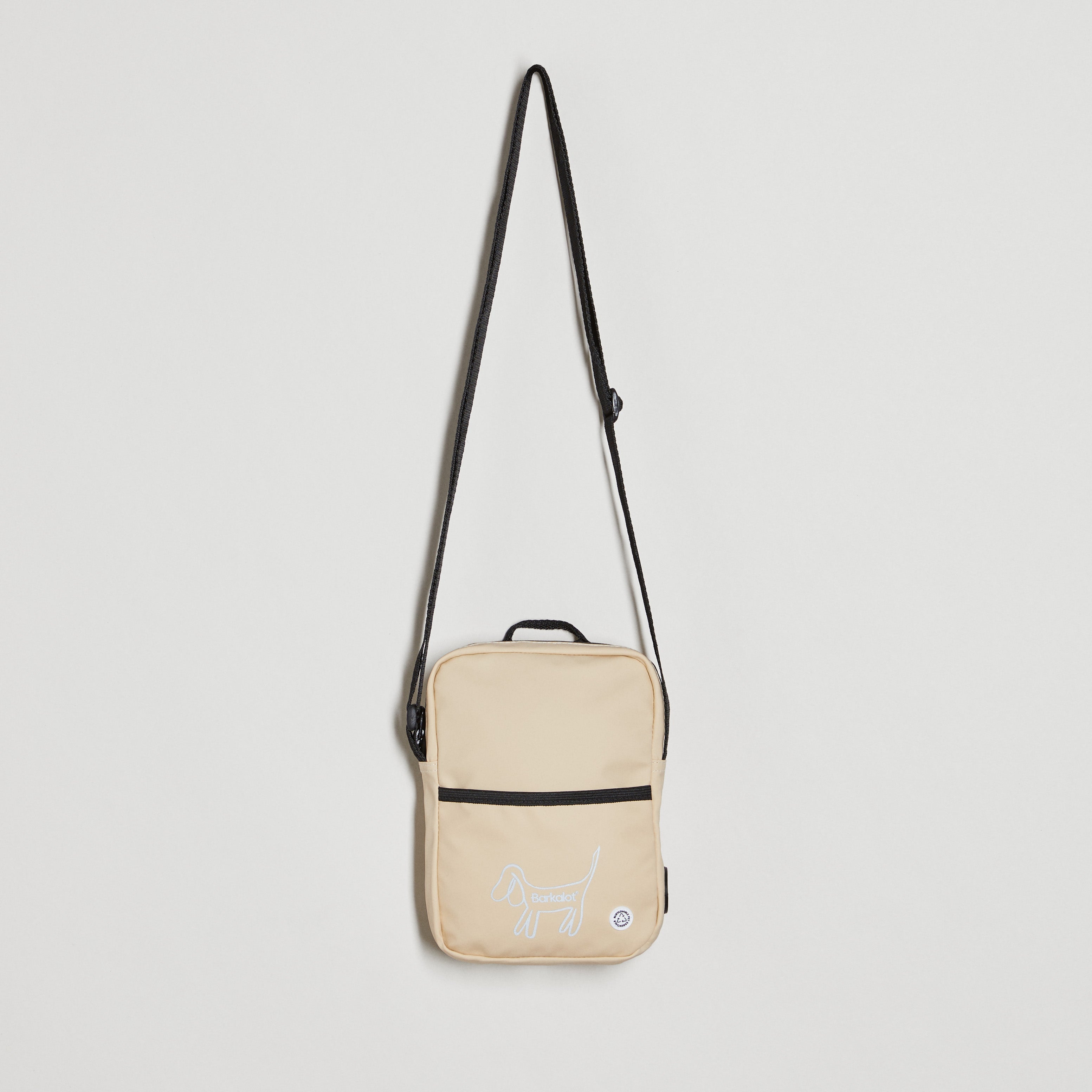


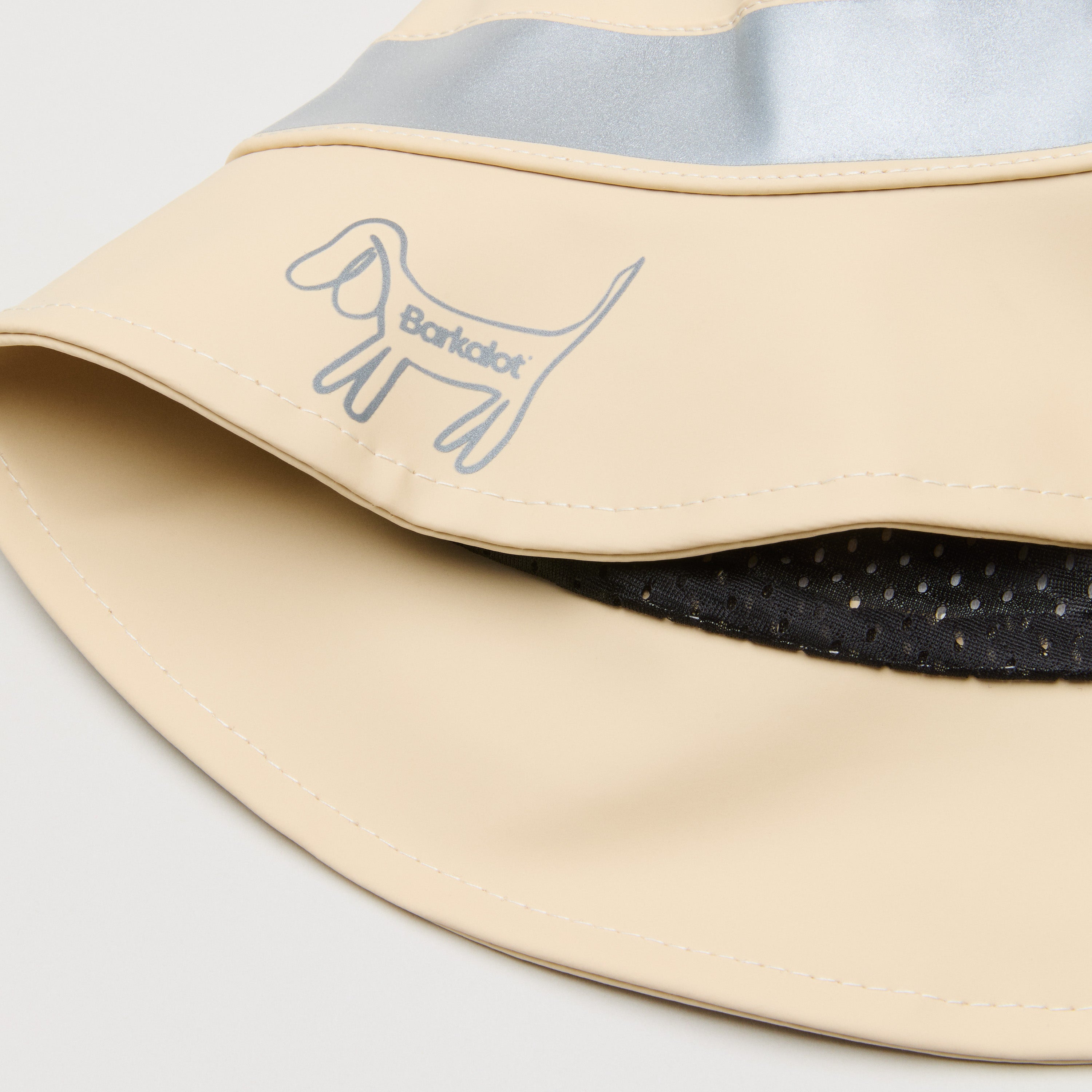


Leave a comment